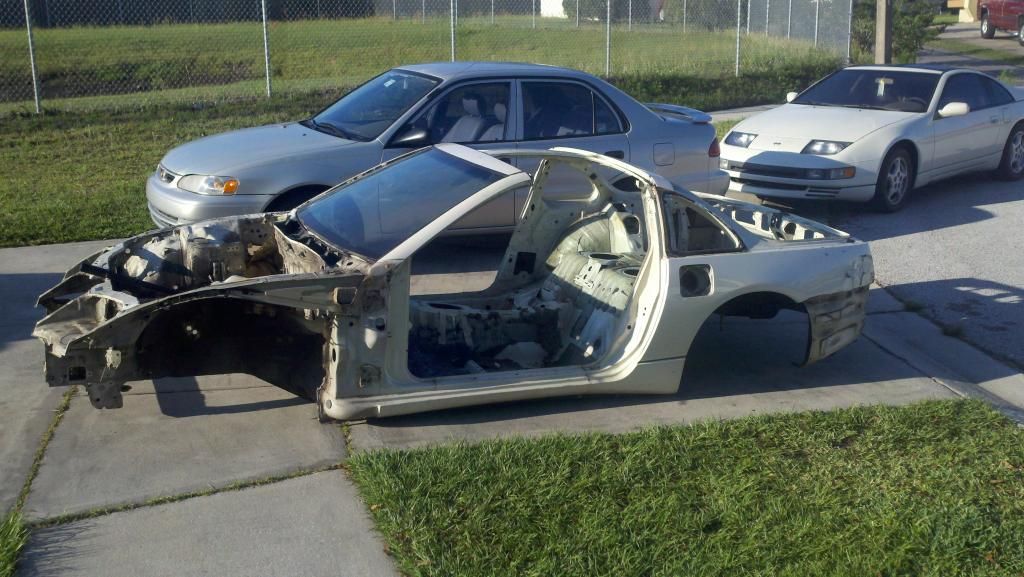| 2 of the same engine with the same compression ratio and the same intake system, cams, valves and porting on the same amount of boost (given 2 different turbos with the same compressor efficiency at the same psi) will make the same power *at the same timing (if you take whatever comes after the exhaust valves out of the equation) factor in what comes after the exhaust valves and the loss of efficiency on a smaller turbine/exhaust AR will cause the engine with the smaller turbo to face parasitic/efficiency losses due to having to force exhaust gas out, the trade off will be quicker spool for more power given the same conditions as above except switch different turbos (they now have the same turbos) for different compression ratios- the engine with a higher compression ratio will have higher peak cylinder pressures allowing for a more violent and powerful burn so at the same boost pressure the high compression motor will be able to make more power the benefit of a low compression motor is more cylinder volume, more boost pressure is required to achieve the same peak cylinder pressure...... the peak cylinder pressure limit is about the same on both a lower and higher compression motor (you would have to factor in quench area due to additional material on the domed piston) but because there is an additional void in the dished piston of the low compression motor that void not only counts as additional volume but now that volume has the added amount of boost pressure (at 1 bar of boost it would count as double the additional volume of the combustion chamber) for the most part.... the more air and fuel you can burn the more power you will make. In the end the peak power this engine could've made had it been a lower compression would've been greater, at the cost of having to use turbos that could flow additional air to fill the extra volume of a low compression motor with the same displacement. Contrary to popular belief, a lower compression engine will spool a turbo quicker even though the off-boost power is less, because it has the effect of a bigger displacement engine.... the high compression will make up for response (how long the turbo takes to "wake up") but at the cost of spooling the turbo slower..... it will still be perceived by the driver as quicker spool. If you were limited to a certain turbo(s) and that turbo(s) could only flow X amount of lb/min air then you can raise the compression ratio to get more power out of it, the caveat being how much octane can you use due to the limiting factor that is knock since the peak cylinder pressure limit is the ~same. Spinning a turbo at it's peak efficiency steals less power from an engine than moving a piston so if you use a turbo to do your compressing and moving of air instead of a piston you not only get to use the bonus exhaust energy that would normally be wasted trying to push exhaust out of the header (a turbo moves more air/exhaust through the same space since it's under pressure) but you also increase the engine's intake efficiency as well. A piston would have to steal the energy directly from the crank and even though the turbo causes higher back pressure it makes up for it by increasing the volumetric efficiency. Both have to steal power to make more power but one gives the engine a "bonus" This is also a sort of round about reason why a supercharged engine will make less power at the same manifold pressure given all other things are equal.
____________________________________________________
"The dreaded 2nd windshiled wiper swipe when you turn it off its almost like tis showing you that it's boss, and it doesn't have to stop when you tell it to :("-College Boy (discussion on ptu relocation)
"No good reason to put it there anyway. -Bernie (NoVA)
False -vorpalZ
False. -Bernie (NoVA)
You're correct, there are 3 good reasons -vorpalZ
False. -Bernie (NoVA)
Wow, right again, just remembered another, make that 4 -vorpalZ"
XD 
|

